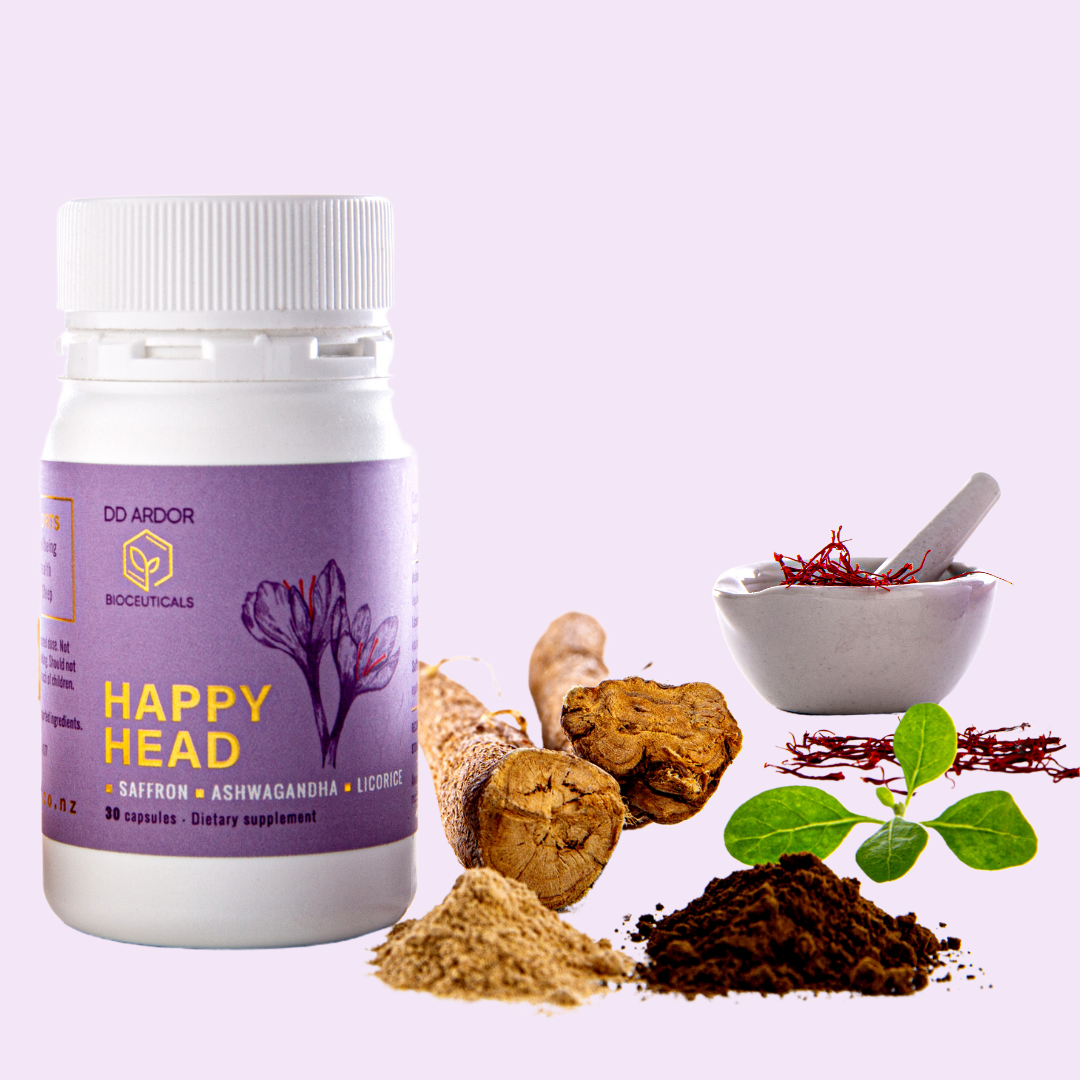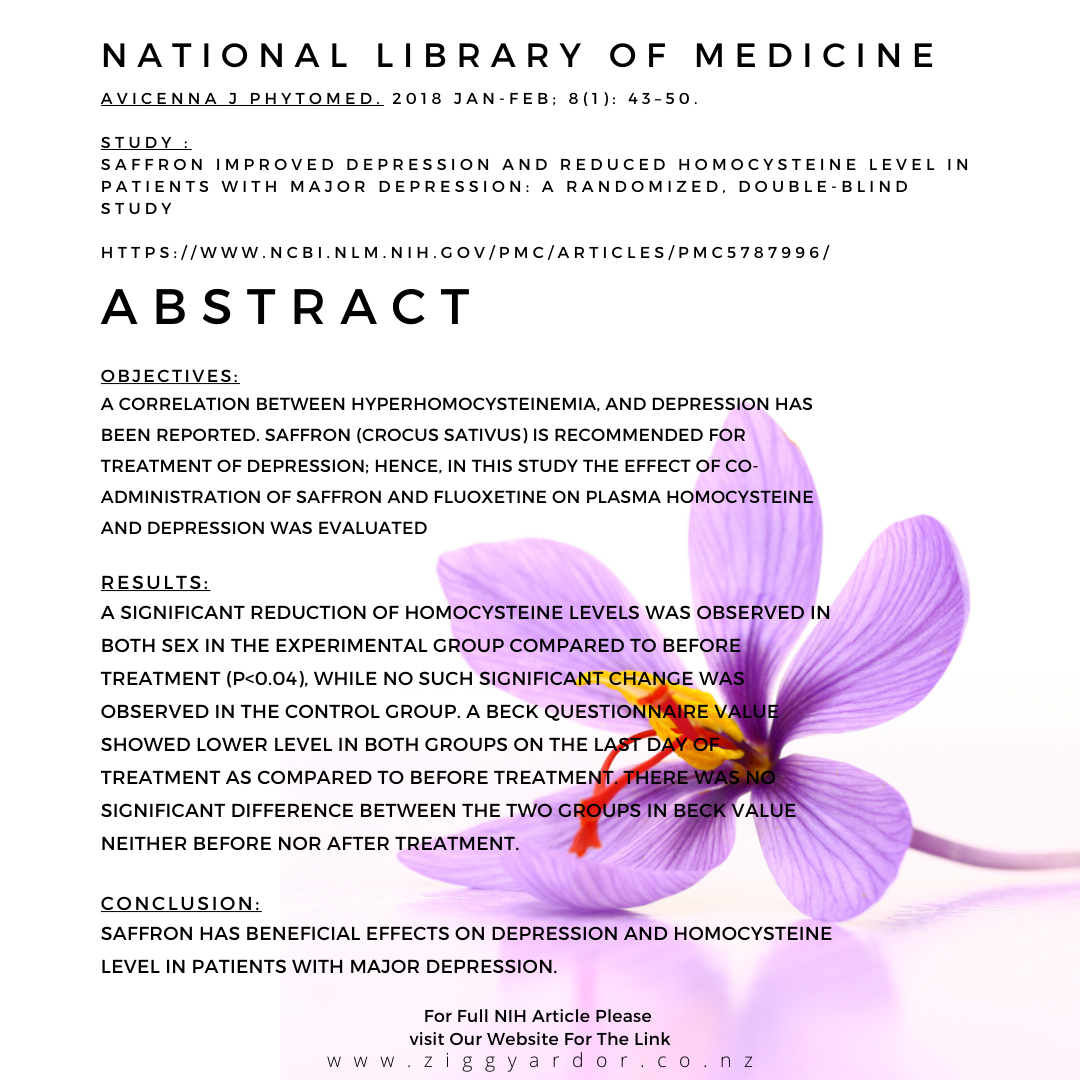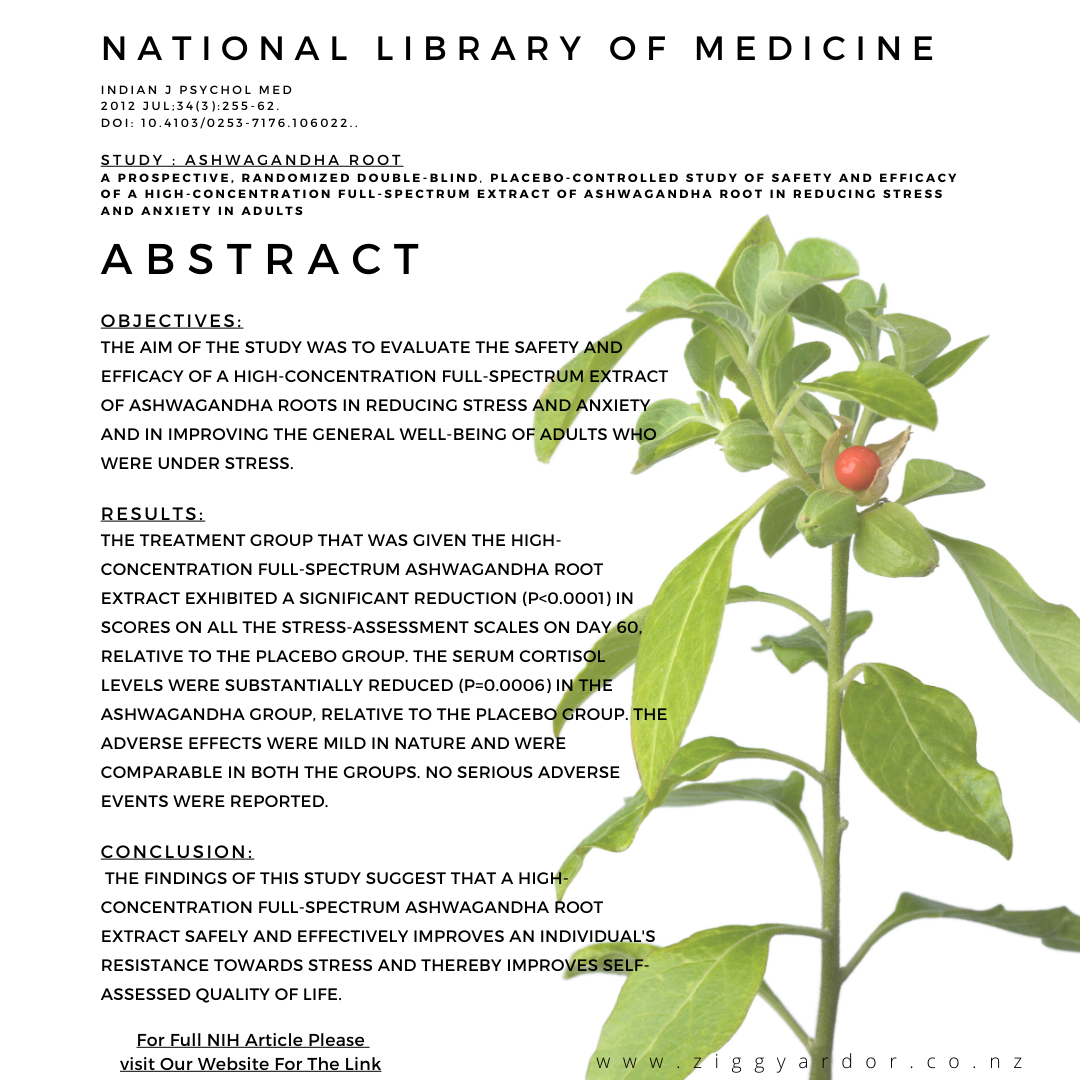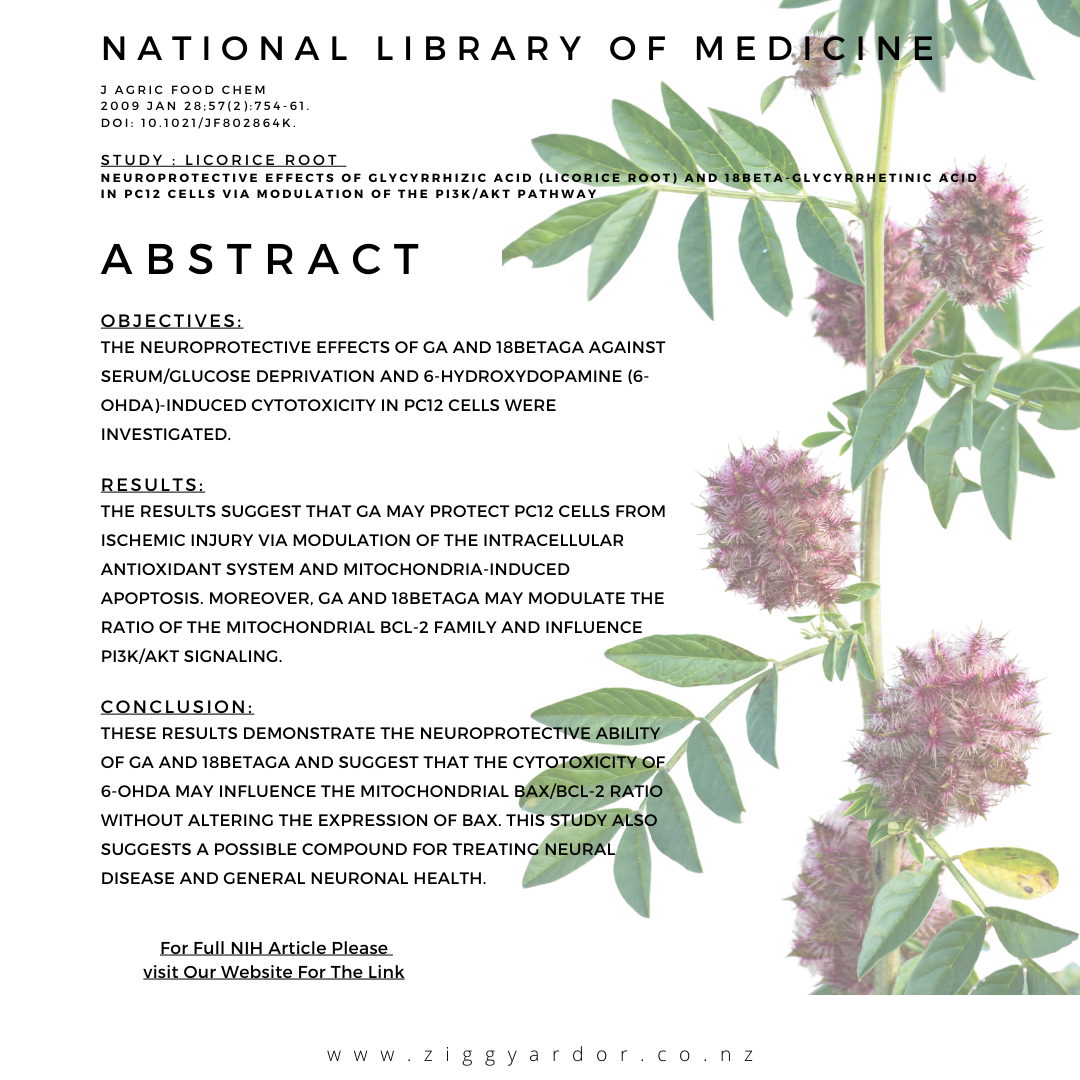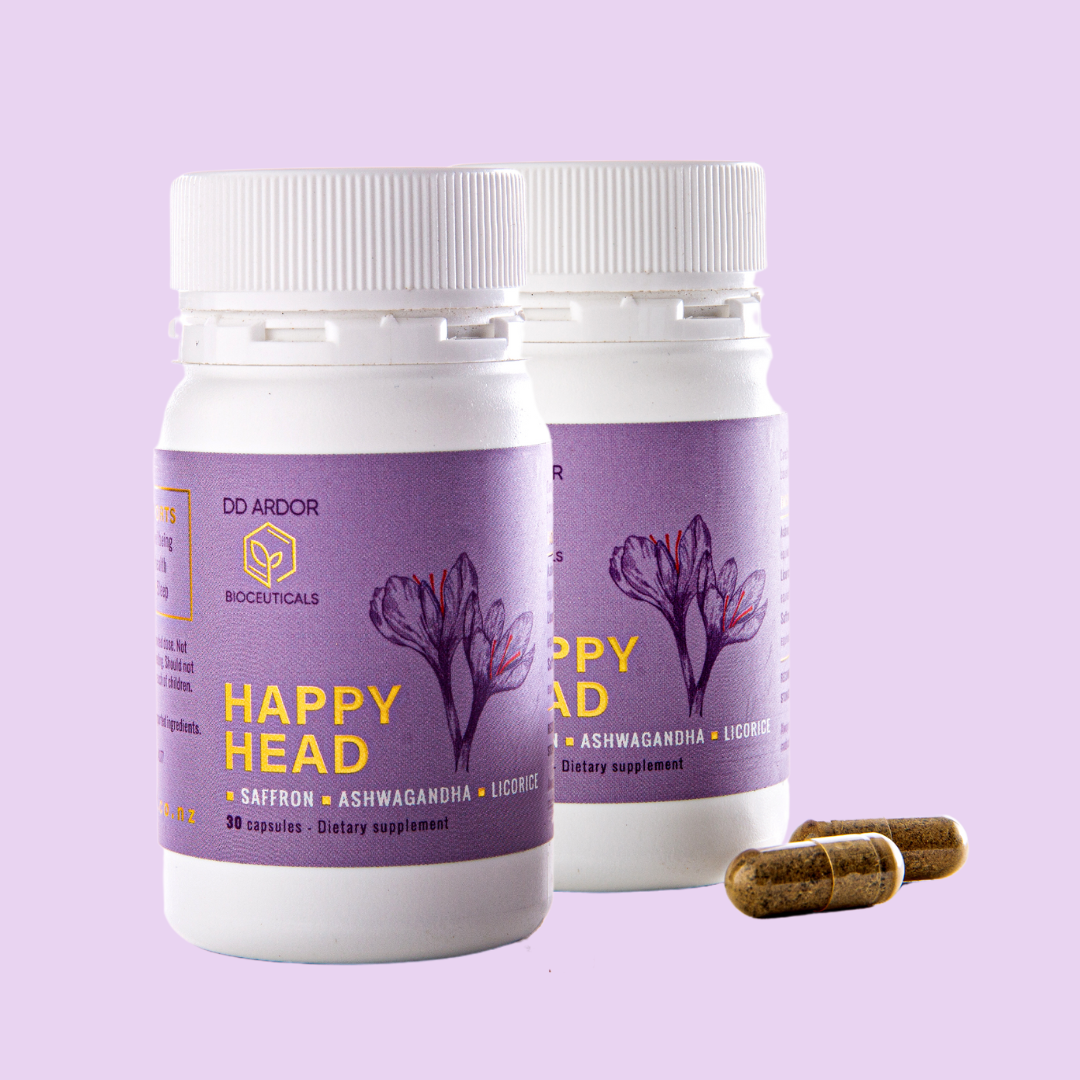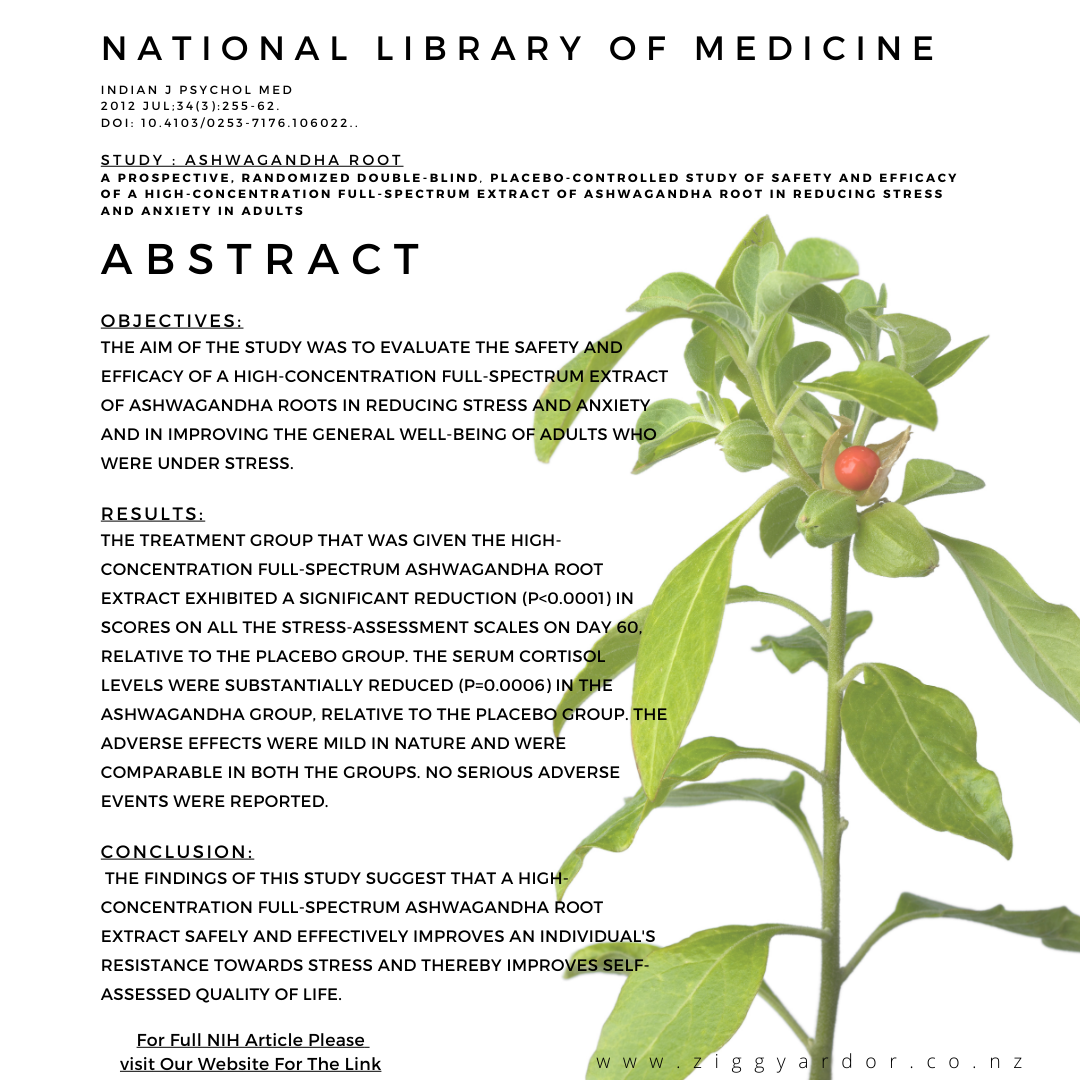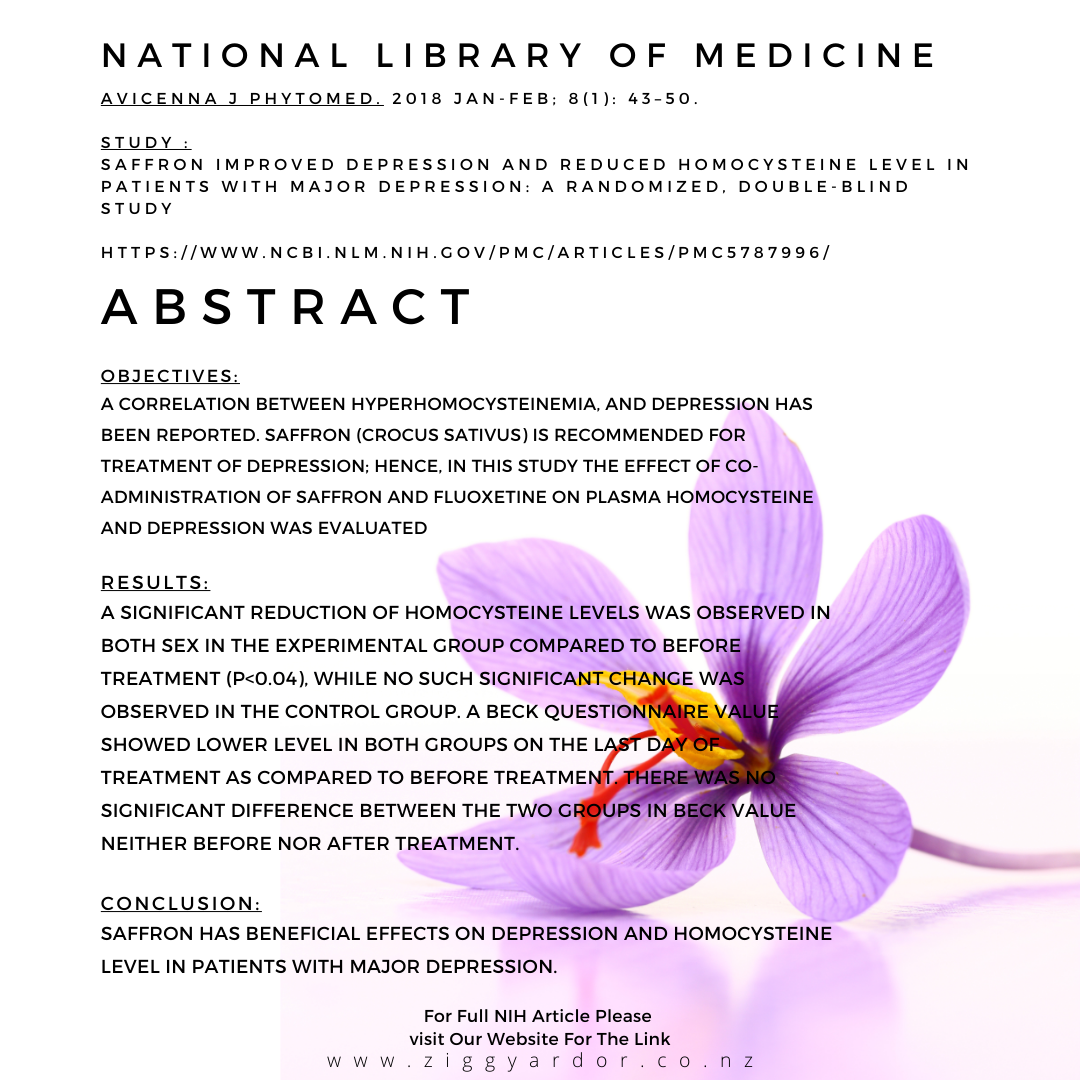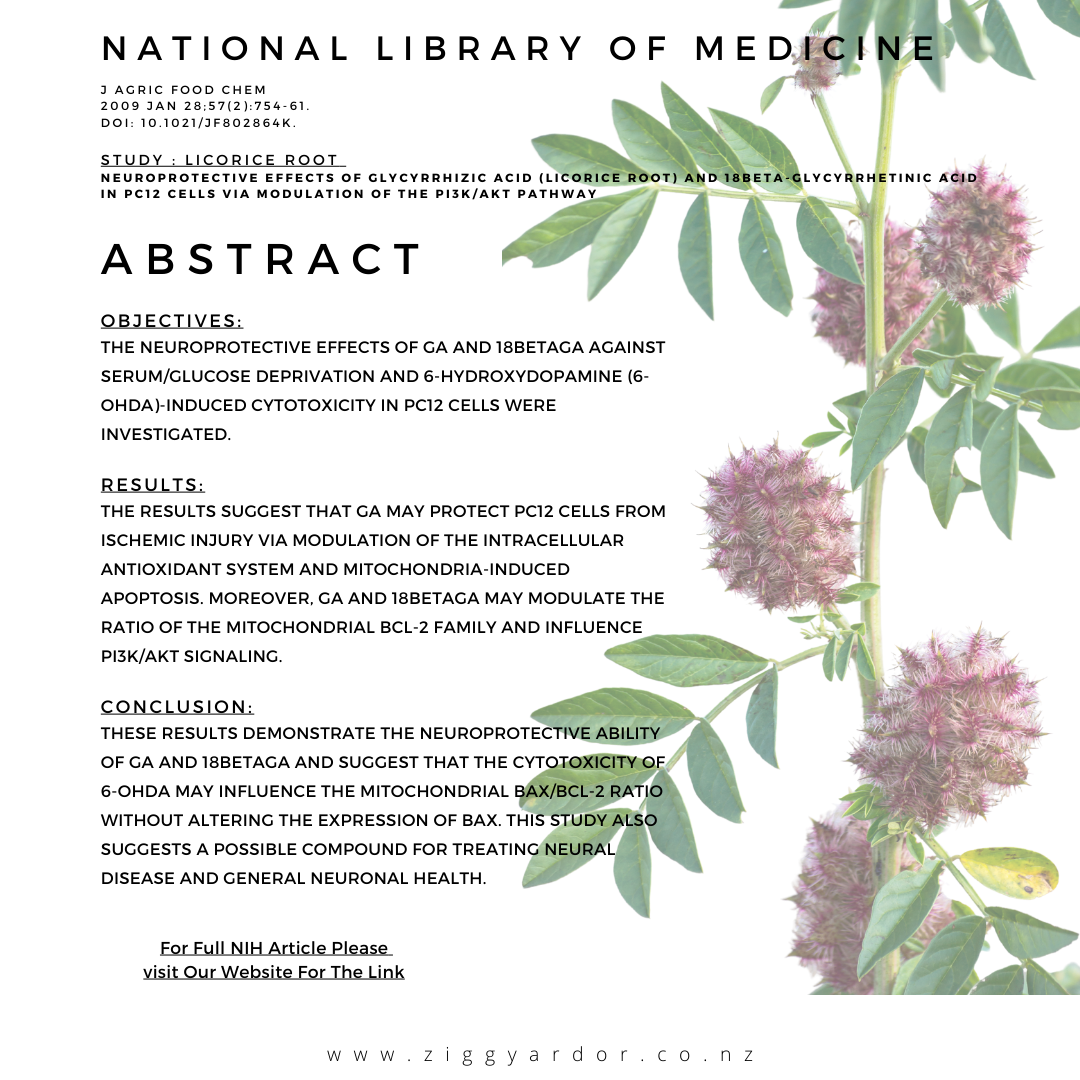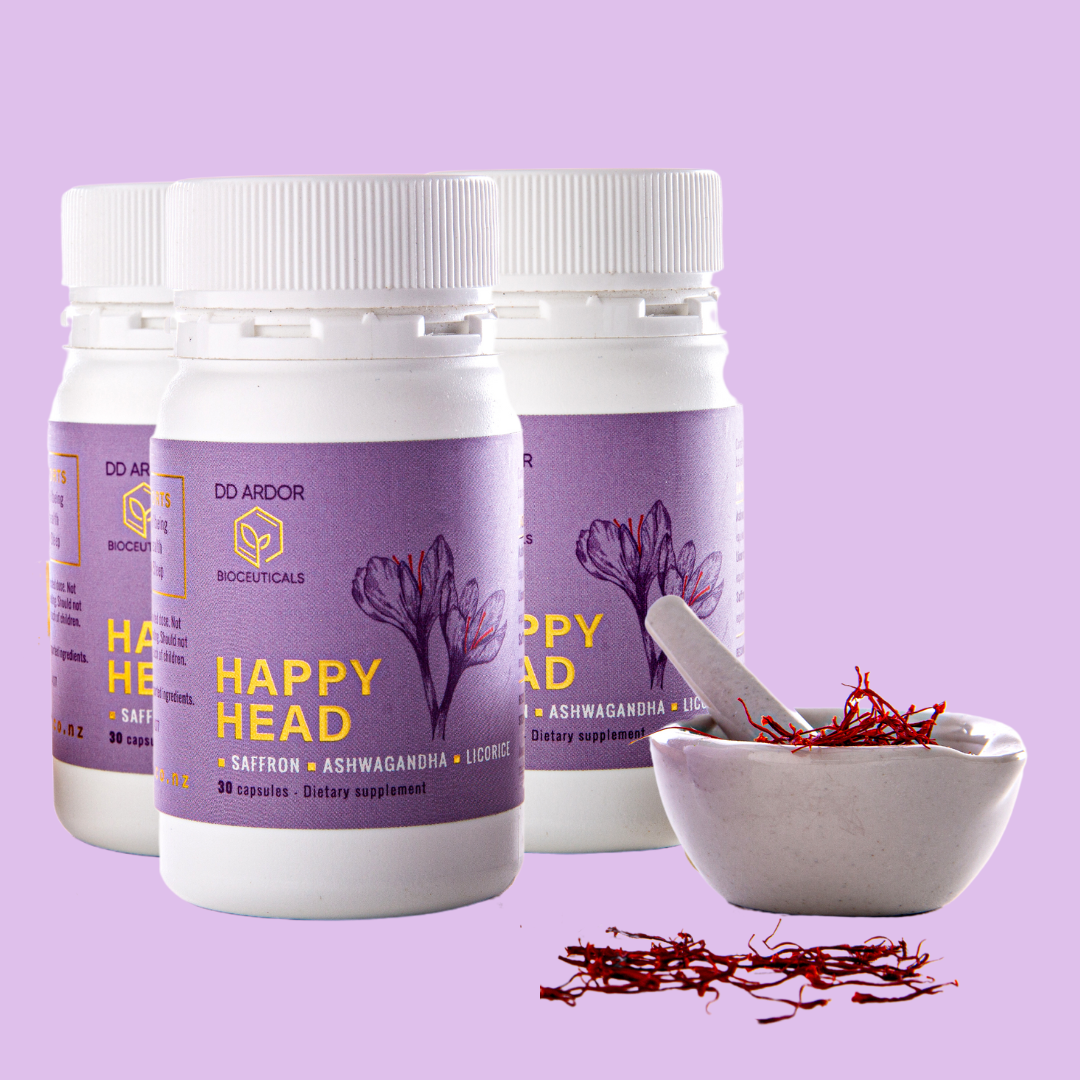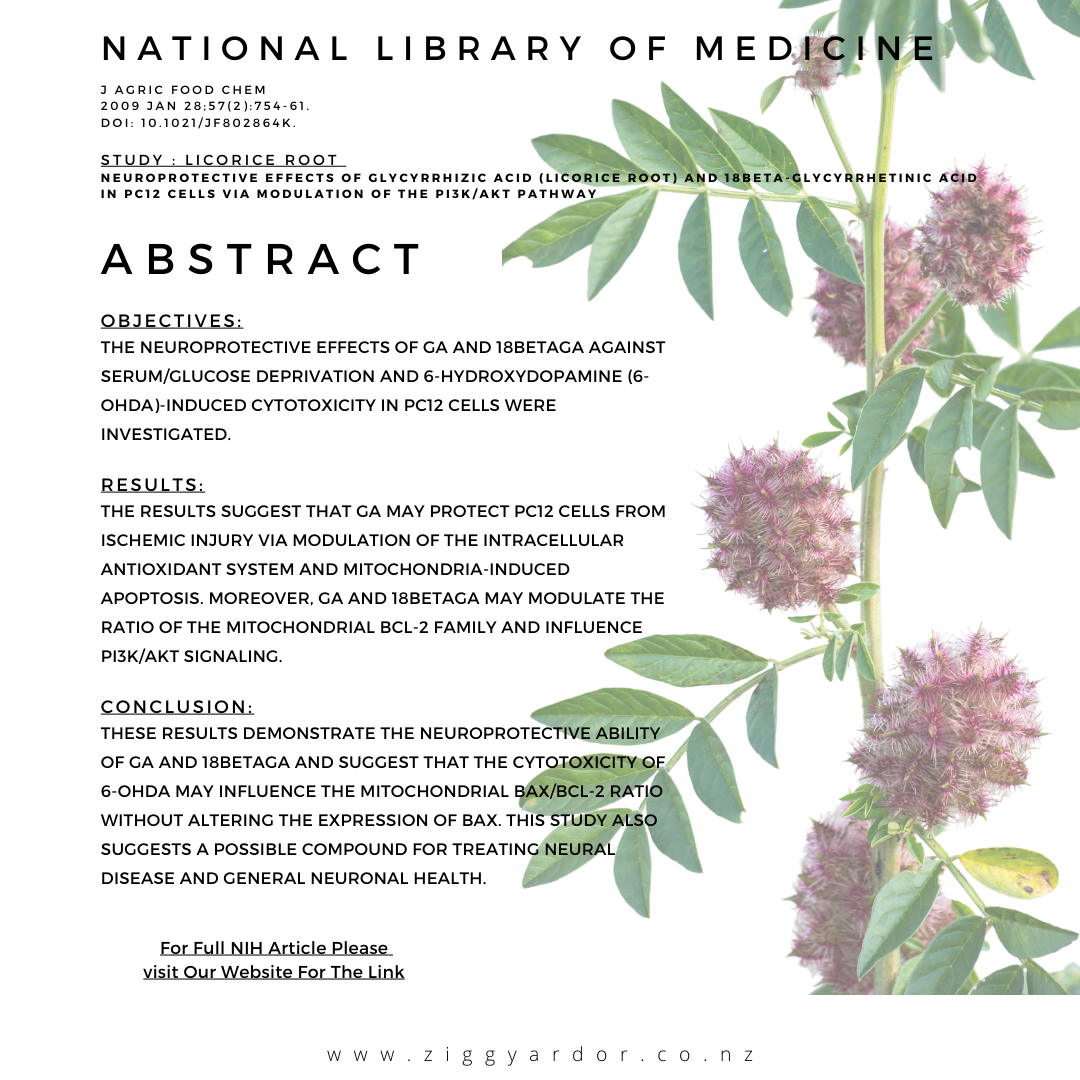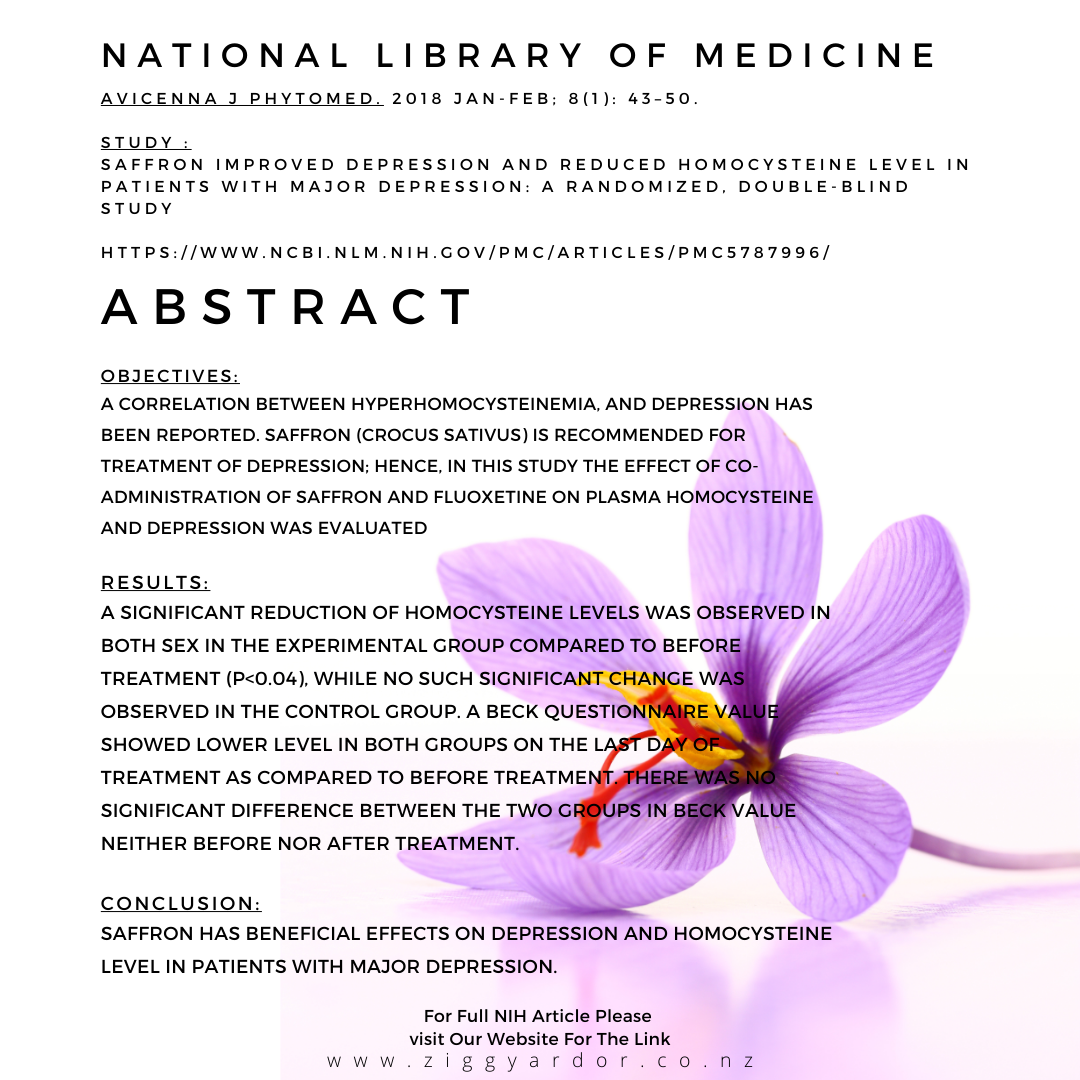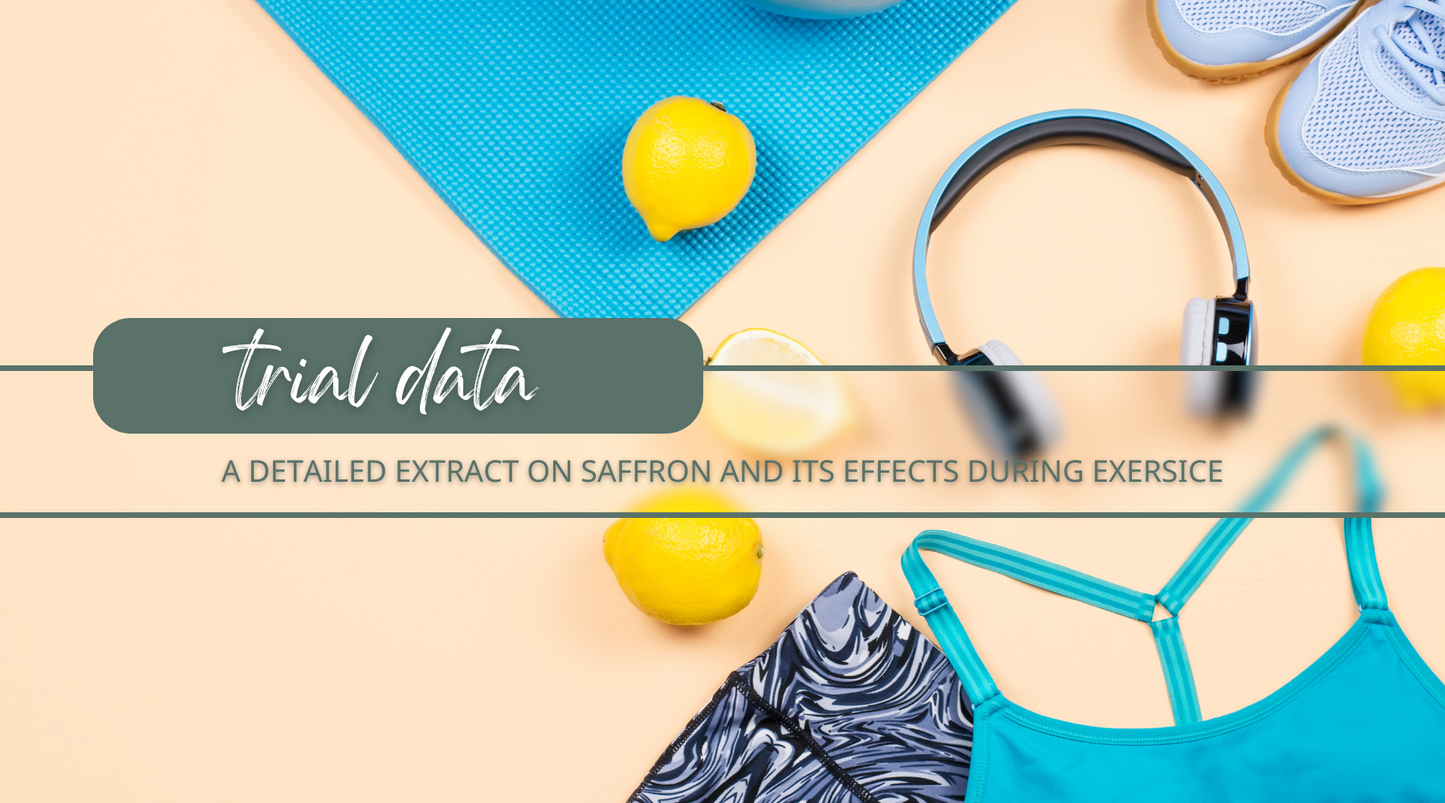
Below is a sample of some trials that have been done on:
- VO2 Max
- Anxiety
- DOMS (Delyaed Onset Muscle Soreness)
Saffron Trials
Saffron for Improving VO₂ Max
Study Title: Potential Ergogenic Effects of Saffron
Summary:
Crocus sativus (saffron) is rich in carotenoids and has various health benefits. This study investigated its potential ergogenic (performance-enhancing) effects on muscular strength, pulmonary function, and reaction time.
Participants:
- 28 nonactive, healthy male university students
- Randomly assigned to saffron (n = 14) and control (n = 15) groups
Dosage & Duration:
- Saffron group: 300 mg/day of dried saffron stigma for 10 days
- Control group: Placebo
Measurements:
- Visual and audio reaction times
- Maximum isometric and isotonic leg press forces
- Assessed 1 day before and after supplementation
Findings:
- Isometric force ↑ 10.1% (p < .0001; effect size = 0.432)
- Isotonic force ↑ 6.1% (p < .0001; effect size = 0.662)
- Visual reaction time improved (p < .05; EF = 0.217)
- Audio reaction time improved (p < .05; EF = 0.214)
Conclusion:
Saffron may enhance muscle mitochondrial biogenesis, improve motor cortex function (leading to faster reaction times), improve blood perfusion in muscles, and facilitate oxygen transport.
Saffron for DOMS (Delayed Onset Muscle Soreness)
Study Title: Preventive effects of 10-day supplementation with saffron and indomethacin on delayed-onset muscle soreness
Objective:
To evaluate the preventive effects of saffron and indomethacin on the biochemical and functional indicators of DOMS after a single eccentric exercise session.
Design:
- 10-day randomized, double-blind, placebo-controlled, pretest-posttest
- Conducted in a controlled research laboratory
Participants:
39 nonactive male university students
Divided into 3 groups:
- Saffron (n = 12)
- Indomethacin (n = 12)
- Control (n = 15)
Interventions:
- Saffron group: 300 mg/day dried saffron powder
- Indomethacin group: 75 mg/day (25 mg x 3/day)
- Control: Placebo
- Duration: 1 week before and 3 days after eccentric exercise
Measurements:
Taken at baseline, and at 24, 48, and 72 hours post-exercise
Included:
- Isometric and isotonic force
- Plasma CK and LDH
- Perceived pain
- Knee ROM
- Thigh circumference
- Exercise protocol: 4 sets of 20 reps at 80% max isotonic force, 3 min rest
Results:
- Saffron group had significantly decreased CK and LDH (P < 0.0001)
- No decline in muscle force post-exercise in saffron group
- Control group showed significant decline in isometric force (P < 0.0001)
- No pain reported in saffron group
- Indomethacin group experienced pain before 72 hours (P < 0.001)
Conclusion:
Saffron shows strong preventive effects on DOMS and may help alleviate its symptoms.
Saffron for Anxiety
Study Title: Saffron in the treatment of depression, anxiety and other mental disorders: Current evidence and potential mechanisms of action
Background:
Depression and anxiety are common and costly mental health conditions. Current treatments (e.g., antidepressants, psychotherapy) come with side effects and limited efficacy. There’s a need for alternative options with fewer side effects and better outcomes.
Methods:
Non-systematic review of available in vitro, in vivo, and clinical evidence on saffron's efficacy, safety, and mechanisms of action for mental health.
Results:
- Clinical trials show saffron and its constituents possess antidepressant and anti-anxiety properties
- Effects are comparable to standard medications (e.g., fluoxetine, imipramine, citalopram)
- Fewer reported side effects than pharmaceutical alternatives
Conclusion:
Saffron may be a safe and effective natural option for managing depression and anxiety.

